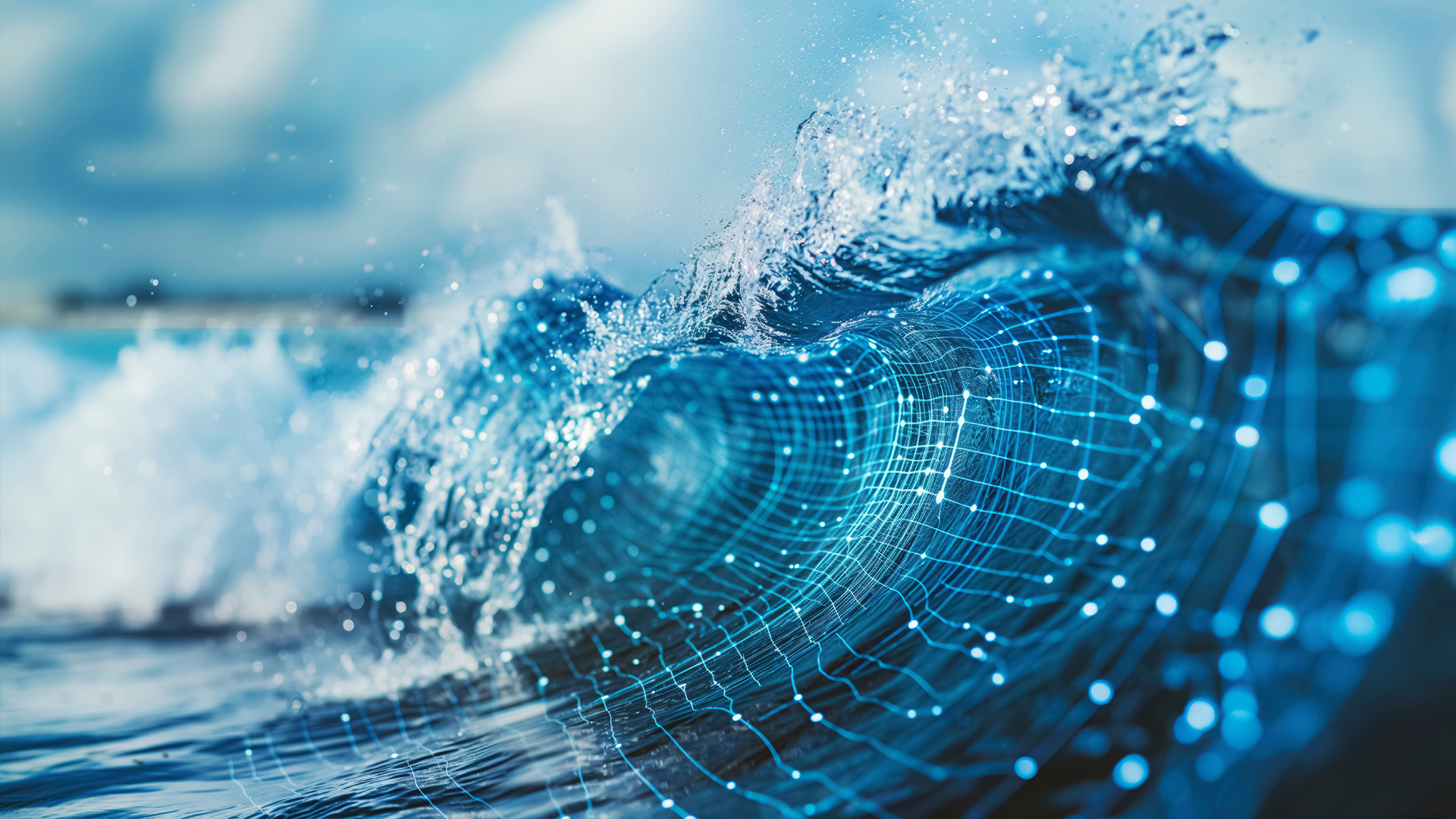From Data to Decisions: How Iliad Digital Twins Power the Blue Economy
January 1st, 2025
The oceans have long been a cornerstone of human existence, providing vital resources and opportunities. Yet, as our planet faces mounting pressures from climate change, overexploitation, and biodiversity loss, the need for sustainable management of marine resources has become more urgent than ever. This is where the Digital Twins the Ocean (DTOs) developed by the EU-funded Iliad Project come into play, offering groundbreaking solutions to propel the Blue Economy into a new era of innovation and sustainability.
What Are Digital Twins of the Ocean?
At its core, a digital twin is a sophisticated virtual representation of a real-world entity. In the case of the Iliad Digital Twins, these are virtual models of the ocean that process vast amounts of data from diverse sources. By leveraging sophisticated technologies such as artificial intelligence, advanced computing and the Internet of Things (IoT) and blockchain, these digital twins transform raw data into actionable insights.
Through intuitive geo-visualization, immersive visualizations, and augmented reality tools, stakeholders can interact with ocean data in ways never before possible. This innovation empowers marine and maritime actors to explore “what-if” scenarios, analyze trends, and make informed decisions that support both economic and ecological goals.
Driving the Blue Economy
The Blue Economy encompasses all economic activities related to oceans, seas, and coasts, from fisheries and marine renewables to tourism and shipping. Currently valued at $1.5 trillion globally, the Blue Economy is projected to double by 2030, underscoring its pivotal role in global development. However, achieving this growth sustainably requires better tools and data - a gap that the Iliad’s DTO aim to bridge.
By offering accurate forecasts, actionable insights, and tailored services, the digital twins enable stakeholders to:
Enhance Efficiency: Ports, fisheries, and renewable energy operators can optimize their operations, reducing costs and environmental impacts.
Promote Innovation: Startups and small businesses gain access to data and insights that help them expand into new markets, attract investment, and scale their operations.
Support Sustainability: Policy makers and industry leaders can implement strategies that balance economic growth with ecological preservation, ensuring long-term benefits for both people and the planet.
Empowering Decision-Makers
Many marine and maritime actors lack the expertise or resources to fully utilize existing ocean data systems. The Iliad DTO address this by simplifying complex datasets into user-friendly formats. This democratization of data ensures that decision-makers across sectors - from government institutions to private enterprises - can harness the power of advanced analytics and machine learning to:
Develop climate change mitigation and adaptation strategies.
Protect marine biodiversity and cultural heritage.
Optimize the management of resources like fisheries and renewable energy.
Pioneering Collaboration and Growth
One of the most exciting aspects of the Iliad Digital Twins is their potential to foster collaboration and economic growth. By aligning innovative startups with market opportunities, the project not only enhances technological capabilities but also strengthens the broader Blue Economy ecosystem.
Shaping the Future of Our Oceans
The Iliad DTO exemplify the power of innovation to address real-world challenges. By transforming data into insights and fostering collaboration, these tools pave the way for a Blue Economy that is as sustainable as it is prosperous.

